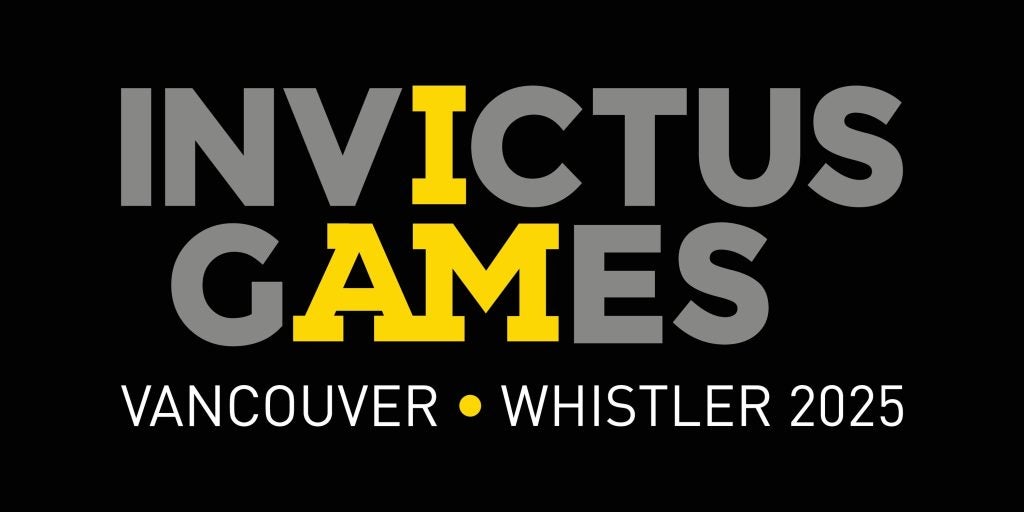institutions have been slower than other industries in embracing
social media, an increasing number of banks have used Web 2.0 as a
way of revamping images and increasing customer engagement. A new
report from VRL KnowledgeBank* looks at banks adopting the latest
web technologies.
Web 2.0, the popular term for advanced internet technology and
applications, looks set to become an increasing part of banks
marketing mix to attract more customers, especially the young and
tech-savvy.
Often also referred to as social media, Web 2.0 describes the
second generation of the world wide web which is more interactive
than its predecessor. Web 2.0 encompasses a wide range of tools,
including:
• Blogs
• Podcasts
• Message boards and forums
How well do you really know your competitors?
Access the most comprehensive Company Profiles on the market, powered by GlobalData. Save hours of research. Gain competitive edge.

Thank you!
Your download email will arrive shortly
Not ready to buy yet? Download a free sample
We are confident about the unique quality of our Company Profiles. However, we want you to make the most beneficial decision for your business, so we offer a free sample that you can download by submitting the below form
By GlobalData• Online opinion/review sites and services
• Online feedback/complaint sites
• Online communities
• Social networking sites
• Virtual worlds
• Video sharing sites
Financial services institutions have so far been somewhat slower
than other industries in embracing social media. A global study of
160 financial services players by IT vendor Infosys in January 2008
found that while RSS feeds, podcasts, and videos were widely used
by financial services players, blogs and other tools allowing User
Generated Content such as communities and customer reviews had a
very low adoption rate.
A number of reasons have been put forward for this, including
bank conservatism, an industry highly sensitive to reputational
risk as well as much publicised concerns about the uncertain return
on investment of Web 2.0 projects. Numerous large banks have,
however, started to experiment with Web 2.0, including a number of
notable examples.
Wells Fargo
Wells Fargo has four blogs, more than any other financial
institution. Its main blog “Guided by History” was launched to
coincide with the centennial observance of the San Francisco
earthquake in the bank’s hometown. It has evolved into a disaster
preparedness and advice site and continues to cover disasters
elsewhere as they occur.
Ed Terpening, Wells Fargo’s vice president of social media, says
that the goal of blogging for Wells Fargo is “to be where our
customers are, when they are there, which increasingly is the
blogosphere and online. We recognise the growth of emerging online
social networks as one that provides us unfiltered sentiment from
consumers and from which consumers can collaborate to achieve
goals. We want to use these new media as another way to understand
consumer needs and opinions.”
JPMorgan Chase
Of all the banks which have partnered with popular social
networking website Facebook, Chase’s credit card sponsorship deal
has been the most successful financial institution initiative on
the platform in terms of number of users. Since its launch, over
48,000 members have joined the Chase group.
Mike Murphy, Facebook’s vice president of media sales, said that
Chase used Facebook to engage potential customers on issues that
mattered most to them. “What they found was that many of our users
didn’t think they could make use of the bank’s rewards points
system. The bank used Facebook to educate its customers about the
rewards system by letting them share their points for
joint-purchases and charitable donations.”
RBC Royal
Canada’s RBC seeks to provide an online forum for students to
speak openly and honestly about their financial issues and
concerns. The idea is that students can learn about budgeting,
savings and investments from others going through the same
experiences. As part of a competition last year, the bank offered a
laptop, digital camera and part-time wage for six post-secondary
student bloggers to work on RBCp2p.com. Within weeks of its launch
in 2007, the site was hosting pages of user-generated videos by
students pitching themselves for the jobs, while RBC encouraged
visitors to rate submissions – many of which racked up thousands of
views.
ING Direct
Perhaps the most daring viral marketing campaign from a bank
comes from ING Direct in Belgium with its irreverent ‘INeedToGo’
campaign. The campaign features an icon which can be posted on
websites, blogs, or social networking pages through which surfers
can pause for an online bathroom break. Clicking on the icon leads
them to the interactive website where they can chose between
‘Gents’ or ‘Ladies’. After their visit they meet Madame Pipi the
toilet attendant, and a prompt appears to pay for the visit. Upon
clicking on the prompt, Madame Pipi explains that this is the
internet and on the internet everything is free – including going
to the toilet and banking with ING Direct.
Advertising on social networks
Advertising on social networks and user generated content sites
such as YouTube and Flickr has exploded in recent years, with
global ad spending in 2007 on these sites up 155 percent to $1.2
billion, according to researchers eMarketer, with projected
increases in 2008 of 75 percent to $2.1 billion, rising to $4.1
billion by 2011. Banks will necessarily and increasingly look to
these sorts of media to communicate with their customer base.





